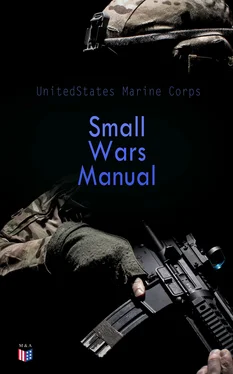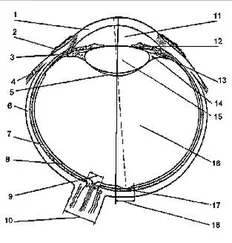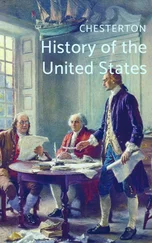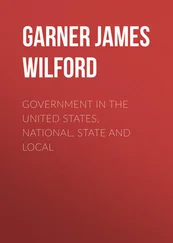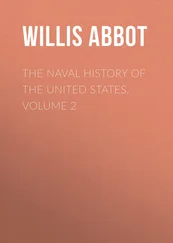13-24. General considerations.
13-25. What laws apply.
CHAPTER XIV SUPERVISION OF ELECTIONS
SECTION I GENERAL
14-1. Introduction.
14-2. Request for supervision.
14-3. Definitions.
14-4. Responsibilities of an electoral mission.
14-5. Intimidation of voters.
14-6. Military and police measures.
14-7. Unethical practices.
SECTION II PERSONNEL
14-8. Chairman.
14-9. Electoral mission staff.
14-10. Commissioned officers.
14-11. Enlisted personnel.
14-12. Civilian personnel.
14-13. Instruction of personnel.
14-14. Replacements.
14-15. Pay and allowances.
SECTION III ELECTORAL MISSION
14-16. Chairman.
14-17. Vice chairman.
14-18. Executive officer.
14-19. Secretary.
14-20. Inspector.
14-21. Intelligence and press relations officer.
14-22. Law officer.-
14-23. Communications officer.
14-24. Disbursing and supply officer.
14-25. Medical officer.
14-26. Aides.
14-27. Departmental board personnel.
14-28. Cantonal board personnel.
SECTION IV NATIONAL BOARD OF ELECTIONS
14-29. Members and staff.
14-30. Duties.
14-31. Secretary of the National Board of Elections.
14-32. Complaints, appeals, and petitions.
14-33. Assembly.
SECTION V REGISTRATION AND VOTING
14-34. Registration.
14-35. Voting.
14-36. Final reports.
CHAPTER XV WITHDRAWAL
SECTION I INTRODUCTION
15-1. General.
15-2. Factors to be considered.
15-3. Phases of withdrawal.
SECTION II WITHDRAWAL FROM ACTIVE MILITARY OPERATIONS
15-4. Concentration.
15-5. Rights retained.
15-6. Procedure.
SECTION III FINAL WITHDRAWAL
15-7. General.
15-8. Plans and orders.
15-9. Executive staff duties.
15-10. First section.
15-11. Second section.
15-12. Third section.
15-13. Fourth section.
15-14. Special staff duties.
15-15. Air officer.
15-16. Engineer officer.
15-17. Communications officer.
15-18. Surgeon.
15-19. Quartermaster.
Table of Contents
SECTION I
GENERAL CHARACTERISTICS
Table of Contents
Table of Contents
a. The term “Small War” is often a vague name for any one of a great variety of military operations. As applied to the United States, small wars are operations undertaken under executive authority, wherein military force is combined with diplomatic pressure in the internal or external affairs of another state whose government is unstable, inadequate, or unsatisfactory for the preservation of life and of such interests as are determined by the foreign policy of our Nation. As herein used the term is understood in its most comprehensive sense, and all the successive steps taken in the development of a small war and the varying degrees of force applied under various situations are presented.
b. The assistance rendered in the affairs of another state may vary from a peaceful act such as the assignment of an administrative assistant, which is certainly nonmilitary and not placed under the classification of small wars, to the establishment of a complete military government supported by an active combat force. Between these extremes may be found an infinite number of forms of friendly assistance or intervention which it is almost impossible to classify under a limited number of individual types of operations.
c. Small wars vary in degrees from simple demonstrative operations to military intervention in the fullest sense, short of war. They are not limited in their size, in the extent of their theater of operations nor their cost in property, money, or lives. The essence of a small war is its purpose and the circumstances surrounding its inception and conduct, the character of either one or all of the opposing forces, and the nature of the operations themselves.
d. The ordinary expedition of the Marine Corps which does not involve a major effort in regular warfare against a first-rate power may be termed a small war. It is this type of routine active foreign duty of the Marine Corps in which this manual is primarily interested. Small wars represent the normal and frequent operations of the Marine Corps. During about 85 of the last 100 years, the Marine Corps has been engaged in small wars in different parts of the world. The Marine Corps has landed troops 180 times in 37 countries from 1800 to 1934. Every year during the past 36 years since the Spanish-American War, the Marine Corps has been engaged in active operations in the field. In 1929 the Marine Corps had two-thirds of its personnel employed on expeditionary or other foreign or sea duty outside of the continental limits of the United States.
1-2. Classes of small wars.
Table of Contents
a. Most of the small wars of the United States have resulted from the obligation of the Government under the spirit of the Monroe Doctrine and have been undertaken to suppress lawlessness or insurrection. Punitive expeditions may be resorted to in some instances, but campaigns of conquest are contrary to the policy of the Government of the United States. It is the duty of our statesmen to define a policy relative to international relationships and provide the military and naval establishments with the means to carry it into execution. With this basis, the military and naval authorities may act intelligently in the preparation of their war plans in close cooperation with the statesman. There is mutual dependence and responsibility which calls for the highest qualities of statesmanship and military leadership. The initiative devolves upon the statesmen.
b. The legal and military features of each small war present distinctive characteristics which make the segregation of all of them into fixed classifications an extremely difficult problem. There are so many combinations of conditions that a simple classification of small wars is possible only when one is limited to specific features in his study, i. e., according to their legal aspects, their military or naval features, whether active combat was engaged in or not, and many other considerations.
1-3. Some legal aspects of small wars.
Table of Contents
a. According to international law, as recognized by the leading nations of the world, a nation may protect, or demand protection for, its citizens and their property wherever situated. The President of the United States as the Chief Executive is, under the Constitution, primarily charged with the conduct of foreign relations, including the protection of the lives and property of United States citizens abroad, save insofar as the Constitution expressly vests a part of these functions in some other branch of the Government. (For example, the participation of the
Senate in the making of treaties.) It has been an unbroken policy of the President of the United States so to interpret their powers, beginning with the time of President Jefferson down to the present with the exception of President Buchanan.
b. The following pertinent extracts from U. S. Navy Regulations are cited:
On occasion where injury to the United States or to citizens thereof is committed or threatened, in violation of the principles of international law or treaty right, the Commander in Chief shall consult with the diplomatic representative gr consul of the United States and take such steps as the gravity of the case demands, reporting immediately to the Secretary of the Navy all the facts. The responsibility for any action taken by a naval force, however, rests wholly upon the commanding officer thereof.
Читать дальше
